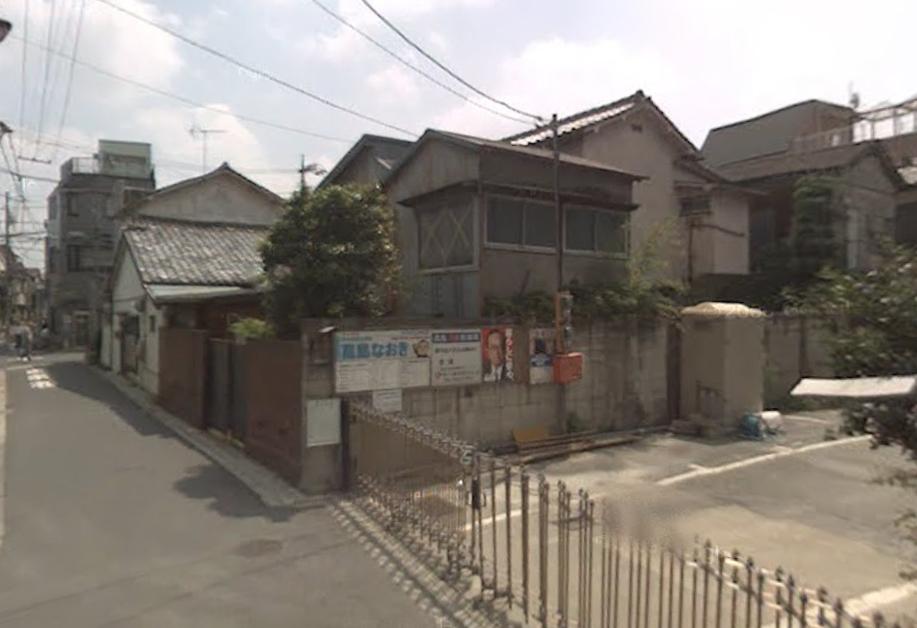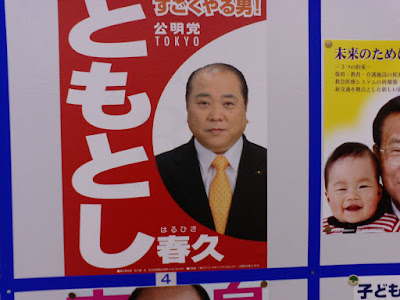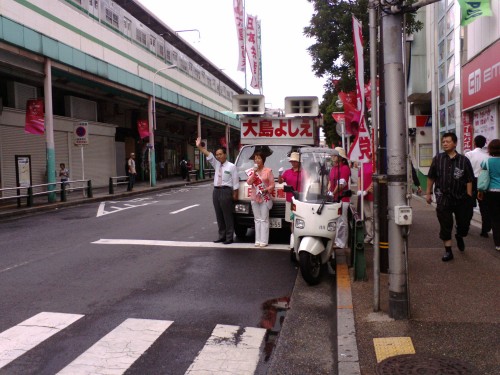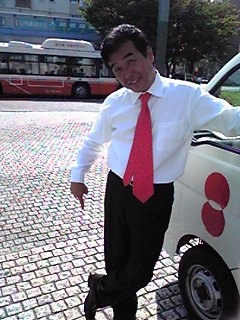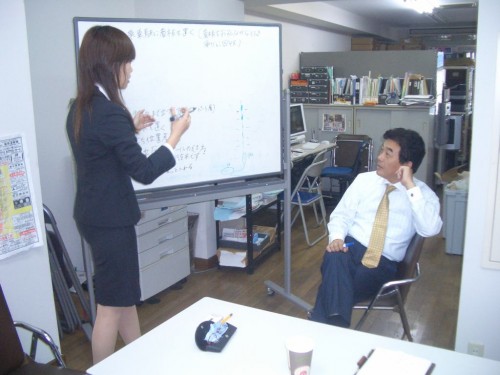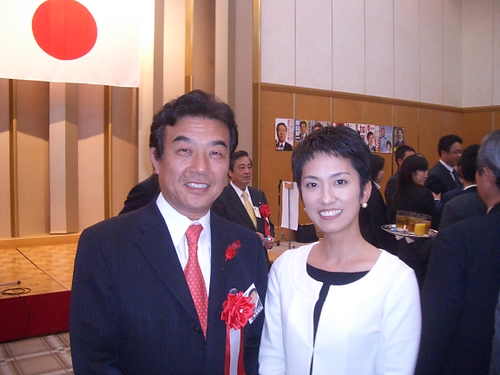In our next installment we turn our attention to the other LDP incumbent running for re-election, third-term assemblyman Naoki Takashima (59).
 |
| From Tokyo Prefectural Assembly Election |
Takashima is your typical career politician, with one kick-ass difference – he is the president of his own anko (red bean paste) factory. Born and raised in Adachi-ku, after graduating from nearby Dokkyo University Takashima became a staffer for a prefectural assemblyperson. After that, he spent two years working at the bean paste factory before running and winning a seat at the Adachi-ku assembly in 1983, where he would stay until attempting to move to the next step in his career. He lost his first attempt at the prefectural assembly in 1993 but won on his second try in 1997 and has been there ever since. Since August 2008 he has been the secretary general for the assembly’s LDP caucus.
Policy: As a loyal LDP man, Takashima supports all of Ishihara’s controversial policies, including the bailout of Shinginko Tokyo, moving Tsukiji Market to Toyosu, and bringing the Olympics to Tokyo in 2016. He also promotes a series of building plans and, of course, juicier welfare options for Adachi residents.
Chances of winning: Takashima’s position appears to be solid, barring a complete collapse in support for the LDP. Unlike fellow LDP incumbent Masatsugu Mihara, he’s never been voted out of office (though he lost his first attempt at the prefectural assembly) and thus is less likely to get drawn into the strategy of some of the minor candidates to split the conservative vote, which I’ll get to in a later installment.
Something interesting: Like a true playa, Takashima’s campaign office doubles as a bean paste factory. And since he is a powerful local politician, he’s been able to keep the decrepit building standing in the shadow of several enormous apartment complexes. Here’s the Street View image of the building:
He considers himself to be computer savvy, bragging in his profile that he communicates with prefectural bureaucrats via e-mail. But since he is used to the keyboards on older Japanese PCs – he mentions the If-800 model from Oki Electric – he claims to have trouble typing Japanese characters using romanized spelling. Older keyboards in Japan used a unique keyboard layout that assigned a key to each kana character (the relics of that system remain on the current keyboards).
(Wow, there’s a printer inside the keyboard…).
In 2002 his koenkai (support association) held a dance party, resulting in some precious moments of seniors having fun:
David “Lizard People” Icke in Kitasenju
Now, don’t get me wrong – Takashima has nothing to do with infamous conspiracy theorist David Icke. But thanks to the magic of Google Maps, I now know that in 2008 Icke gave a talk just a few blocks from Takashima’s bean paste factory. Let’s watch:
Personally, I want to know where I can get a sweet gig interpreting speeches for David Icke. I bet he pays pretty well. Icke’s Japanese page is here. You can read his theories of how humanity is controlled by lizard people here in the original English.

